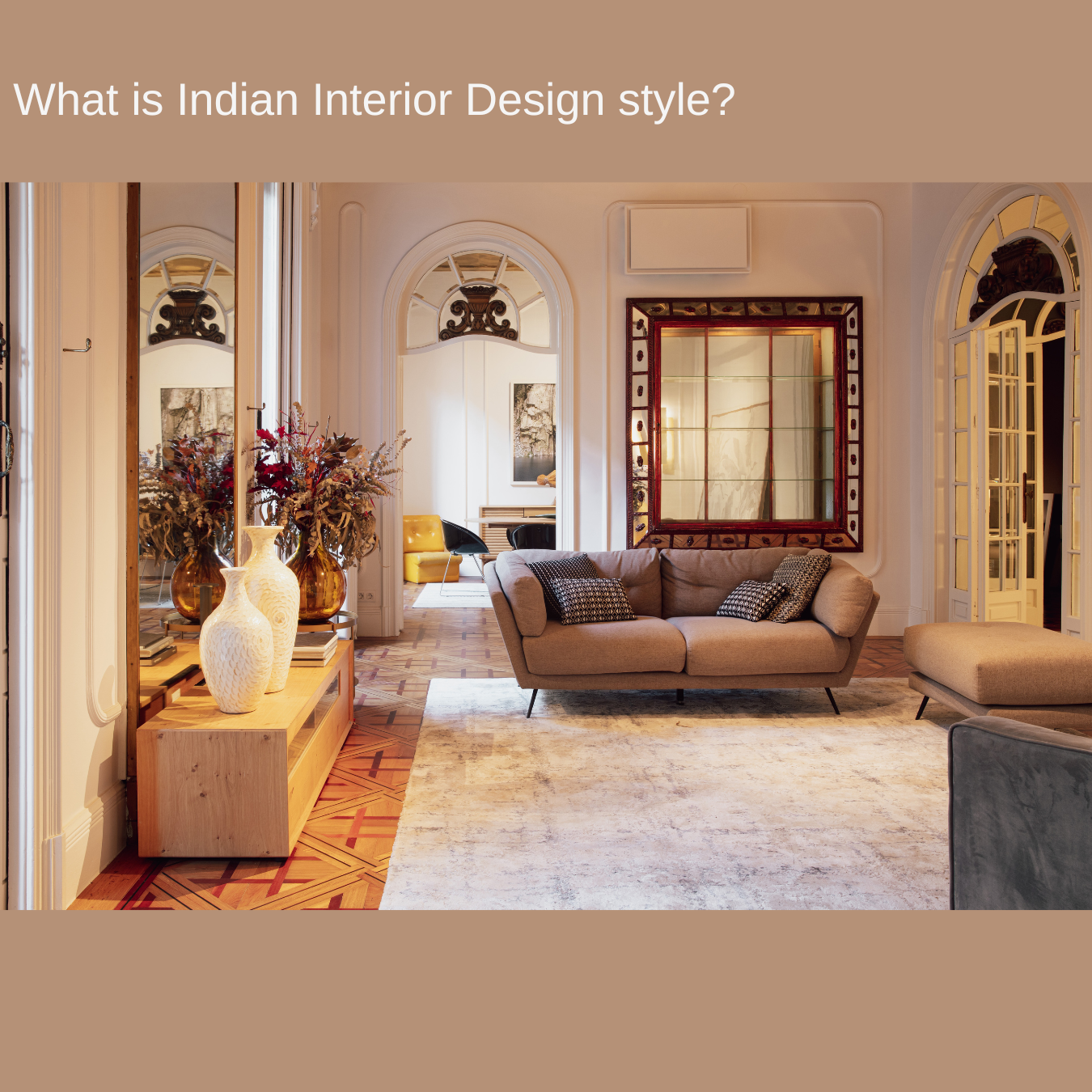Transitional interior design style is a balanced blend of traditional and contemporary elements, creating a timeless and sophisticated look. It’s often described as a “best of both worlds” style, where the classic elegance of traditional design meets the clean, simple lines of modern aesthetics.
Key Features of Transitional Interior Design:
1. Neutral Color Palette
- Dominated by soft tones like taupe, beige, cream, gray, and white.
- Emphasizes a calm, serene environment without overwhelming contrasts.
2. Mix of Materials and Textures
- Combines traditional materials like wood and stone with modern materials like glass, metal, and lacquer.
- Layering textures (e.g., plush rugs with sleek leather or velvet with natural linens) is common to add depth.
3. Simple, Clean Lines
- Furniture often features gentle curves from traditional design paired with straight lines from modern styles.
- Avoids ornate detailing in favor of subtle sophistication.
4. Minimal Accessories
- Transitional spaces avoid clutter, opting for fewer, high-quality décor items.
- Artwork and decorative pieces are chosen for their visual impact rather than sheer quantity.
5. Classic Furniture with a Modern Twist
- Think of a tufted sofa in a streamlined silhouette or a traditional wood dining table with modern chairs.
- Furnishings strike a balance between comfort and structure.
6. Emphasis on Balance and Harmony
- Symmetry is a recurring theme—matching lamps, paired chairs, or coordinated color schemes help create equilibrium.
- The overall goal is to feel both inviting and polished.
Who It’s Best For:
- Those who appreciate the elegance of traditional design but want a more updated, less ornate feel.
- Homeowners seeking a timeless, versatile look that won’t go out of style.



